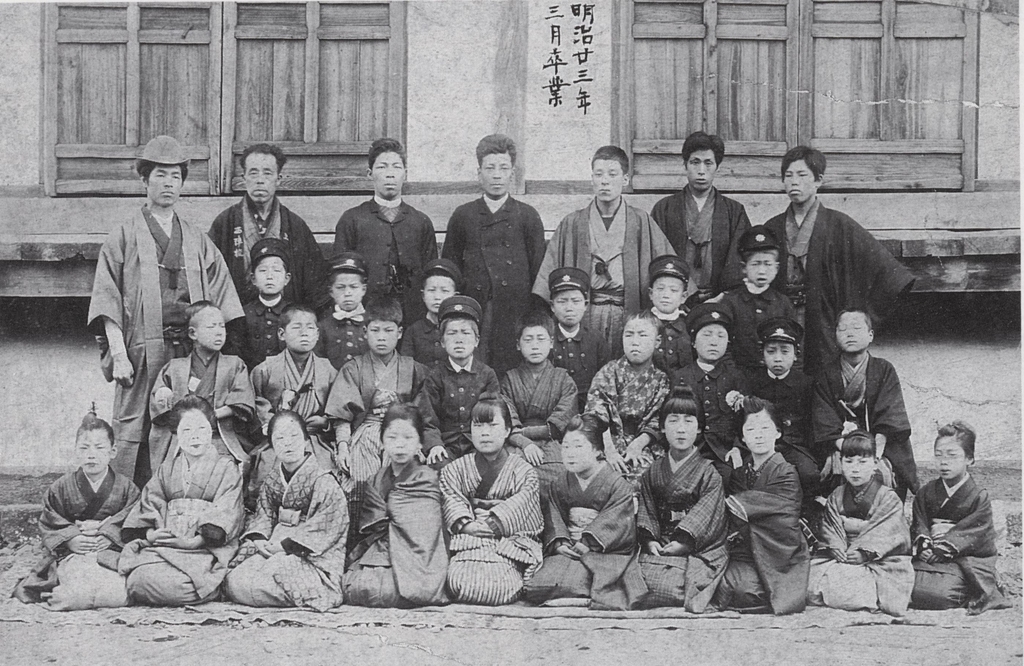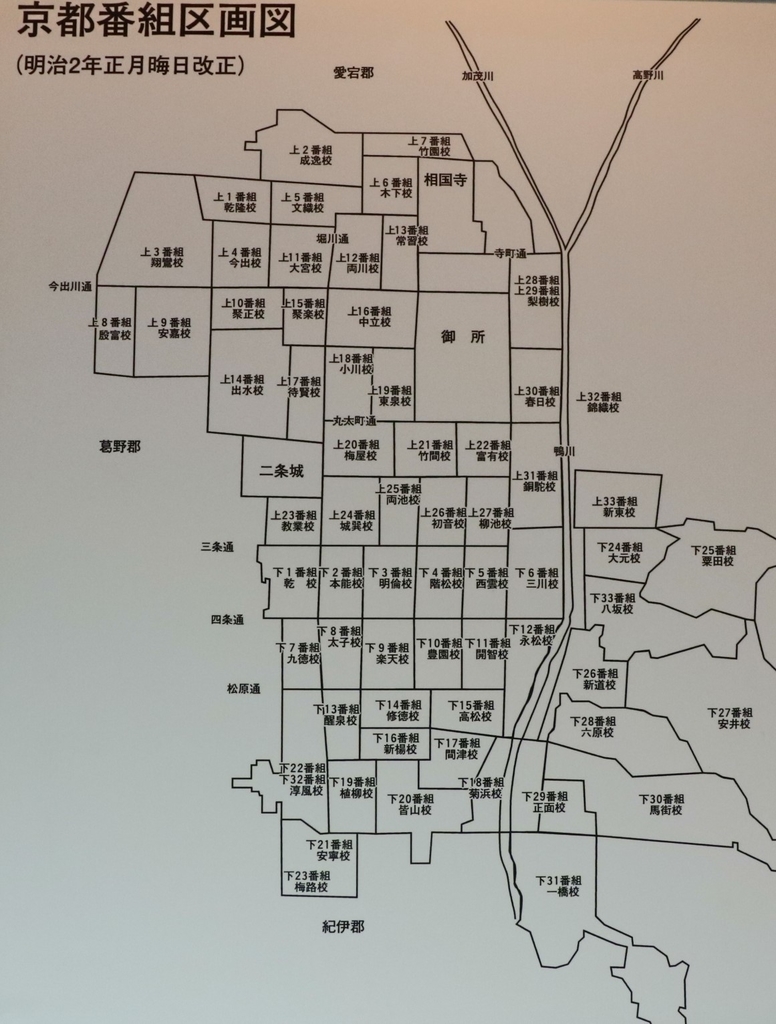Vortrag Prof. Dr. Christian Galan (Université Toulouse): "Kyôto’s Little Schools 1866-1872: A Laboratory of ‘a’Japanese Modernity"
Keywords: history of education / establishment of public schools / Western influences / Japanese “modernization”
 The beginning of the Meiji era, from 1872 and the Gakusei, is generally seen as the moment where Japan changed from a non-compulsory, local, non-egalitarian education which does not constitute a « system », to a national, egalitarian, compulsory and free educational system.
The beginning of the Meiji era, from 1872 and the Gakusei, is generally seen as the moment where Japan changed from a non-compulsory, local, non-egalitarian education which does not constitute a « system », to a national, egalitarian, compulsory and free educational system.
There is a general consensus that before the Meiji Restoration, families sent their children to a school of their own choice, or did not send them, or had private teachers come and teach their children at home; every community had created the schools that it wished for their children and that it could fund. This is true for hankô (fiefs schools) and shijuku (private upper schools), as well as for (elementary) terakoya, even if the purpose of the latter was different and even if, in the case of the first example, the shogunate and the daimyô invested to train the government elite – which exclusively came from the class of warriors (bushi). It was, in this sense, a « non-system », because it was not centralized and operated on the principle of supply and demand, without any control from political or religious authorities, without program, training or certificate for the teachers, and without outside funding, etc., Education depended solely on the choice of families, and was based on traditional orientations (classic Chinese studies) or local and pragmatic needs and not on «national» programs.
It is also commonly believed that the «modern» system set up by the reformers of the Meiji era from 1872 was built on the model of Western educational systems and under Westerners supervision. The underlying idea was that without this Western supervision and assistance, the Japanese would not have succeeded (as well and as quickly) in establishing their modern educational system because too many notions and concepts were formerly unfamiliar to them (the notions of examination, program, public and egalitarian schooling, meritocracy, and the one of «system» itself).

My paper will try to reconsider this history by focusing on the process of reform of the « little schools » (bangumi shôgakkô) which the Kyôto prefecture implemented from 1869 onwards, and whose modeling project started well before the Meiji Restoration (1868). This process offers indeed the possibility to understand several aspects of central importance with regard to the question of the real nature and modalities of the paradigm shift which took place, regarding education, at the beginning of the Meiji era. In particular it concerned 1) the fact that among citizens the needs emerged to reform the terakoya and thus the existence of an indigeniously Japanese reflection not or little influenced by the western ideas; 2) the fact that this reform was based on the analysis of the strengths and the weaknesses of the schools which existed up to then including their adequacy in view of the new needs of an evoluting society; 3) the limits of this process of reforming educational, pedagogical and organizational concepts – limits which reveal the Japanese "not taking into account (impensé)" various factors concerning the subject. It is these which, indirectly, bring to light the true contribution brought by the West afterwards – more limited than it is generally asserted, and consisting essentially in the passage from an individualized teaching (with mutual teaching elements) to simultaneous teaching); and, 4) an original way of conceiving of modernity and going towards it even before the institution of a national State.
Datum: 28. Mai 2019, 16 Uhr c.t.
Ort: Campus Bockenheim, Gebäude Juridicum, Raum 705a




